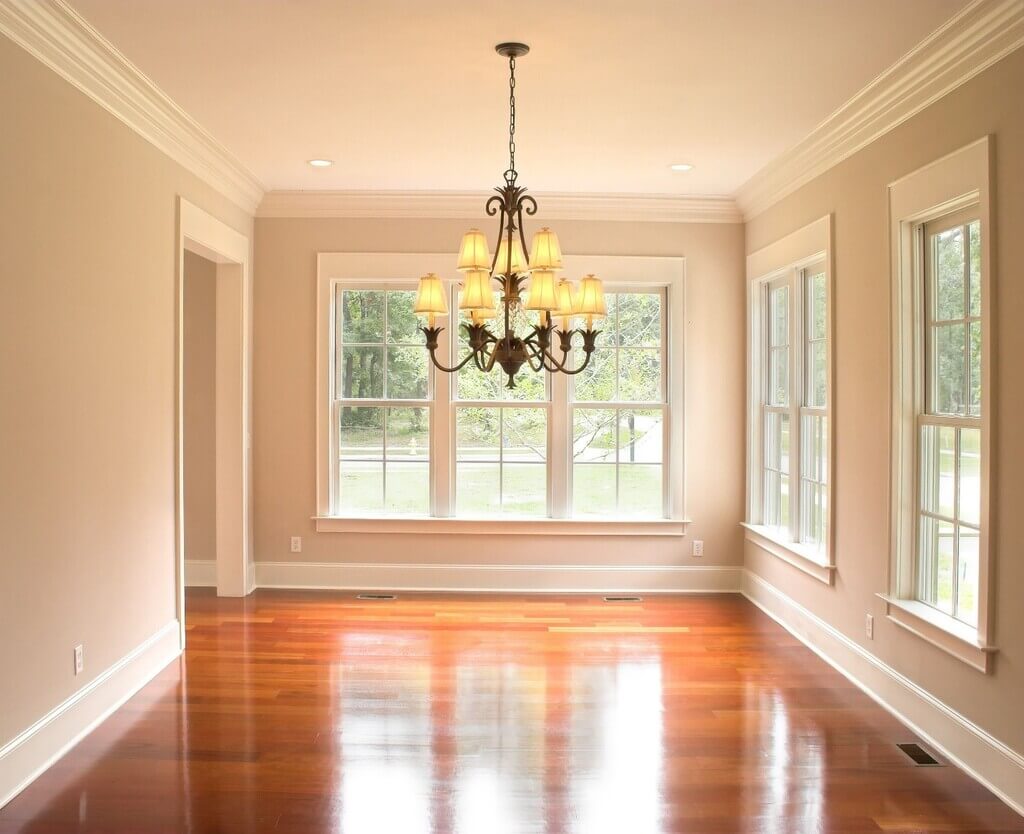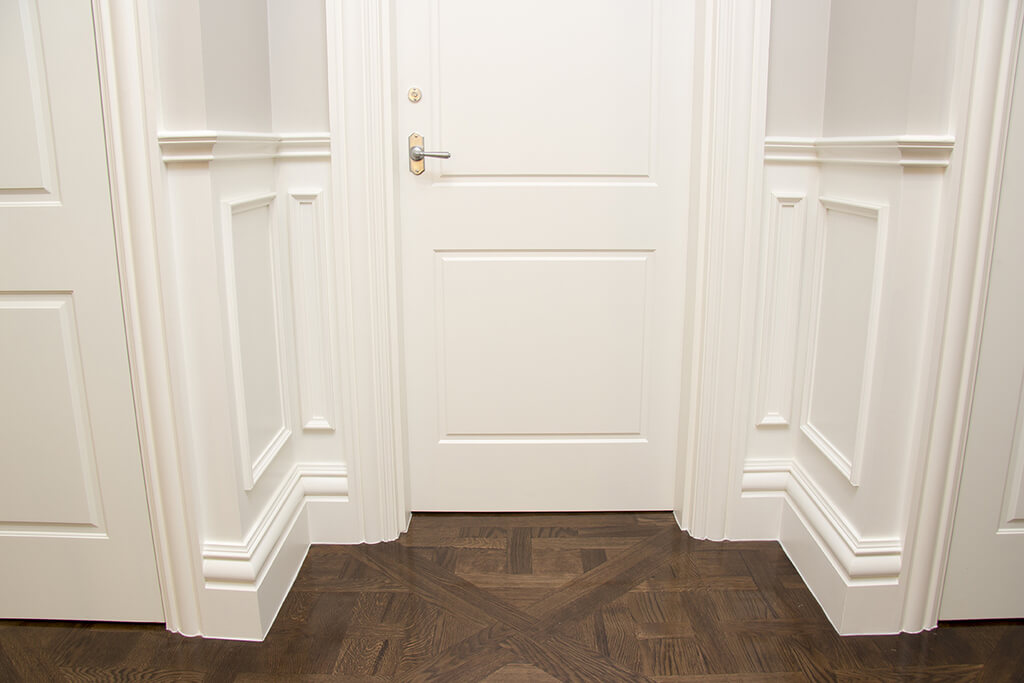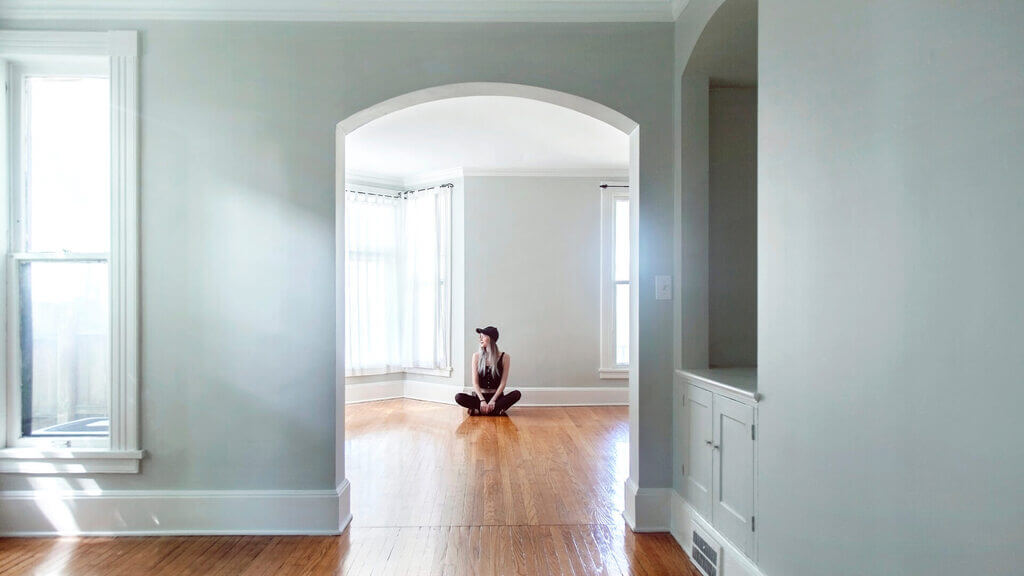When decorating the home, people often overlook the importance of skirting boards. Skirting boards, often overlooked but undeniably crucial, play a significant role in enhancing the overall look and feel of a space. These natural elements are crucial in adding the perfect finishing touch to any room. Not only do skirting boards enhance the overall aesthetics, but they also protect the walls from everyday wear and tear.
With different types of skirting board available on the market, choosing the right one can seem like a daunting task. This article will guide you through the basic types of skirting boards and the tips on selecting the ideal skirting board that perfectly suits your home.
Types of Skirting Boards

Before you learn the tricks of choosing the right skirting board, it is also of great importance to understand the basic types of skirting boards out there. Here are the most popular types of skirting boards. The list will help you to make an informed decision that will brighten up and complement your home
- Chamfer
- Chamfered And Rounded
- Bullnose/Pencil-round
- Ogee skirting boards
- Torus Skirting Profile
- Ovolo
- Lambs Tongue Profile
- Square Edge Profile
- Art Deco Profiles
- Victorian Skirting Boards
How to Choose the Right Skirting Board

Every homeowner wants a perfect finishing touch on their room. This begins with finding the right types of skirting board. Remember, each type of skirting board has a different impact on the overall aesthetic of a room. So, making informed choices is very key in this game. The following are essential factors to consider choosing the right skirting board.
Consider Scale and Proportion

When choosing the right skirting board, considering scale and proportion is critical to achieving a visually pleasing result. Skirting boards are available at various heights, and selecting the appropriate size is crucial to maintaining balance in your space. A general rule of thumb is to choose skirting boards proportionate to the ceiling height and room size. Taller skirting boards can create a more dramatic effect and work well in rooms with high ceilings, while shorter skirting boards are better suited for smaller spaces, providing a more subtle touch.
By taking into account your home’s architectural features and dimensions, you can ensure that the skirting boards harmonize seamlessly with the overall scale and proportion of the room.
Material

When choosing the suitable material for your skirting boards, there are several options, each with unique qualities. Let’s take a closer look at the most common materials available. Wooden skirting boards offer timeless appeal and natural beauty. They are durable and can be painted or stained to match your desired color scheme, making them a popular choice for classic and rustic settings.
However, if versatility and affordability are your priorities, Medium-Density Fiberboard (MDF) skirting boards are worth considering. They come in a wide range of designs, are easy to install, and can be painted to achieve a flawless finish.
On the other hand, Polyvinyl Chloride (PVC) skirting boards are an excellent choice for those seeking a low-maintenance option. They are moisture-resistant, easy to clean, and provide exceptional durability. PVC skirting boards are often used in areas prone to high humidity, such as bathrooms and kitchens.
Consider the Style

The overall style and theme are central when selecting the perfect skirting board for your home. Before diving into the technical details, take a step back and evaluate the aesthetic of your space. Skirting boards should seamlessly blend with the existing decor, enhancing the overall visual appeal.
Whether your home boasts a contemporary, classic, or minimalist design, a wide array of skirting board styles is available to complement any aesthetic.
Consider opting for skirting boards with simple and sleek designs for a timeless and sophisticated look. These minimalist styles offer a clean, elegant touch that can effortlessly integrate into various interior themes. Remember, the goal is to select a skirting board style that harmonizes with your interior vision. By considering your home’s overall style and personal preferences, you can choose a skirting board style that enhances the visual appeal of your space and creates a cohesive and harmonious look.
Bottom Line
In conclusion, choosing the right skirting board for your home is an important decision that should be considered. Choosing the right type of skirting board enhances your space’s aesthetics while providing practical benefits. Now, armed with this knowledge, it’s time to take action! Evaluate your space, envision your ideal skirting board, and explore available options. Choose the right skirting board and see how it enhances the beauty and protection of your home today.
Explore More

